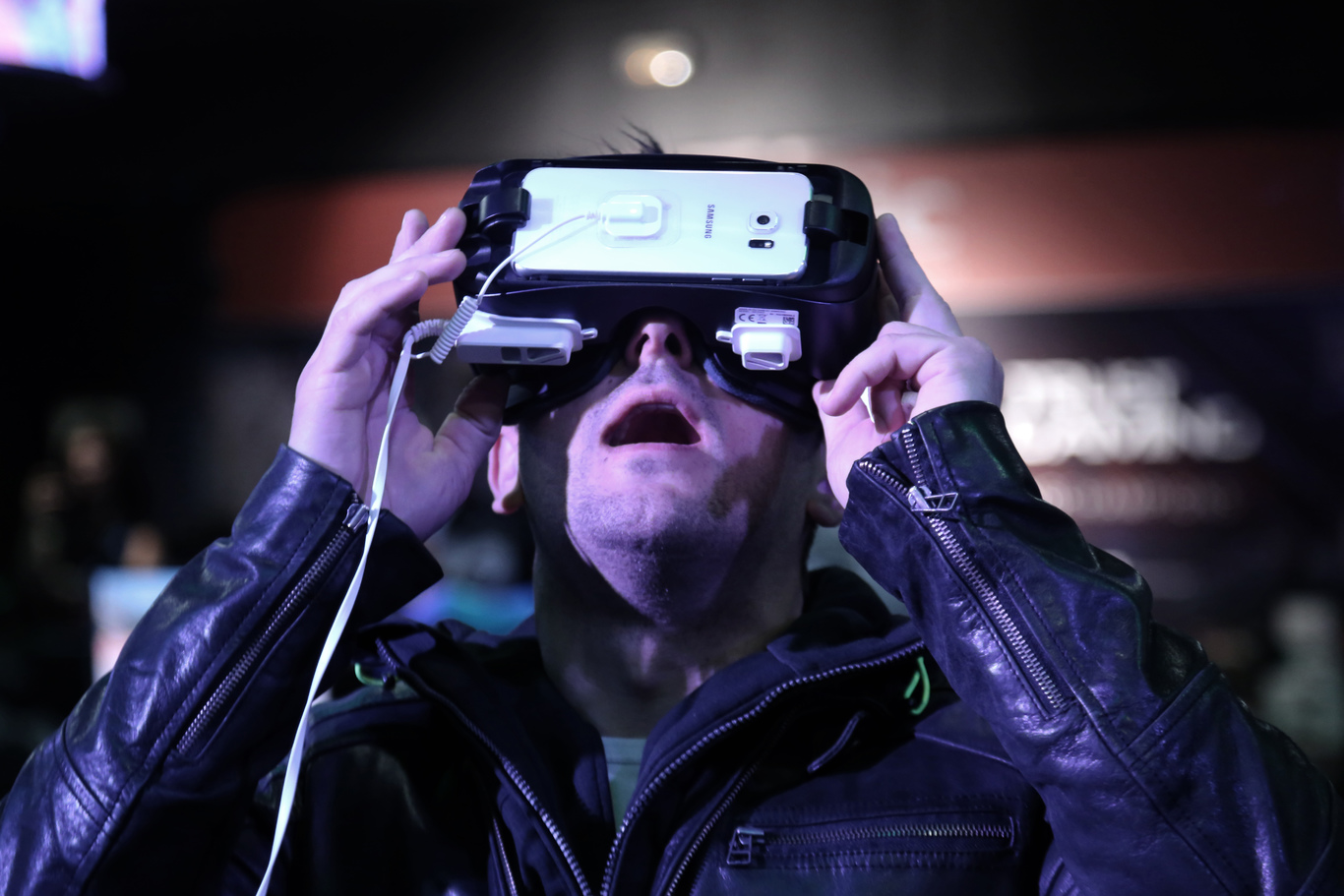A Trinity College spin-out has raised thousands to bring virtual reality 'into the mainstream'
Volograms has closed a €600,000 seed investment round.
A VIRTUAL AND augmented reality spin-out from Trinity College Dublin has raised €600,000 to help bring its main product to market.
Based in the Guinness Enterprise Centre in Dublin, Volograms has developed technology for taking videos from multiple viewpoints and turning them into a ‘hologram’ that can be viewed through virtual and augmented reality devices.
The seed investment announced today was led by Atlantic Bridge and the University Bridge Fund, a €60 million seed capital investment fund that’s backed by the likes of Bank of Ireland, AIB and Enterprise Ireland.
As part of the deal, Atlantic Bridge partner Chris Horn and Paul Sweeney – vice president and general manager of AR firm DAQRI International – will join the board of Volograms Limited.
Volograms, a ‘high performance startup’ with State-backed agency Enterprise Ireland, hopes its technology will help bring augmented reality (AR) and virtual reality (VR) “into the mainstream”.
‘Real world’ images
According to the startup, most VR and AR content is based on synthetic models created by 3D artists or static images captured through 3D scanning. Volograms’ product - developed after several years of research – promises to more easily capture three-dimensional images of the ‘real world’.
The company was co-founded by Rafael Pagés, Jan Ondřej and Konstantinos Amplianitis, post-doctoral researchers at Trinity College’s School of Computer Science and Statistics.
The co-founders anticipate the product will appeal to companies producing VR and AR content, as well as brands looking to drum up ‘fan engagement’. Volograms may also be used by the educational and training sector.
Commenting on today’s funding announcement, CEO Rafael Pagés said for AR to become the next big thing in computing, the ability to produce content has to become easier.
“We believe there is a need for tools to capture real-world content for AR and VR and we are excited that our breakthrough technology can close the content gap,” he said.






